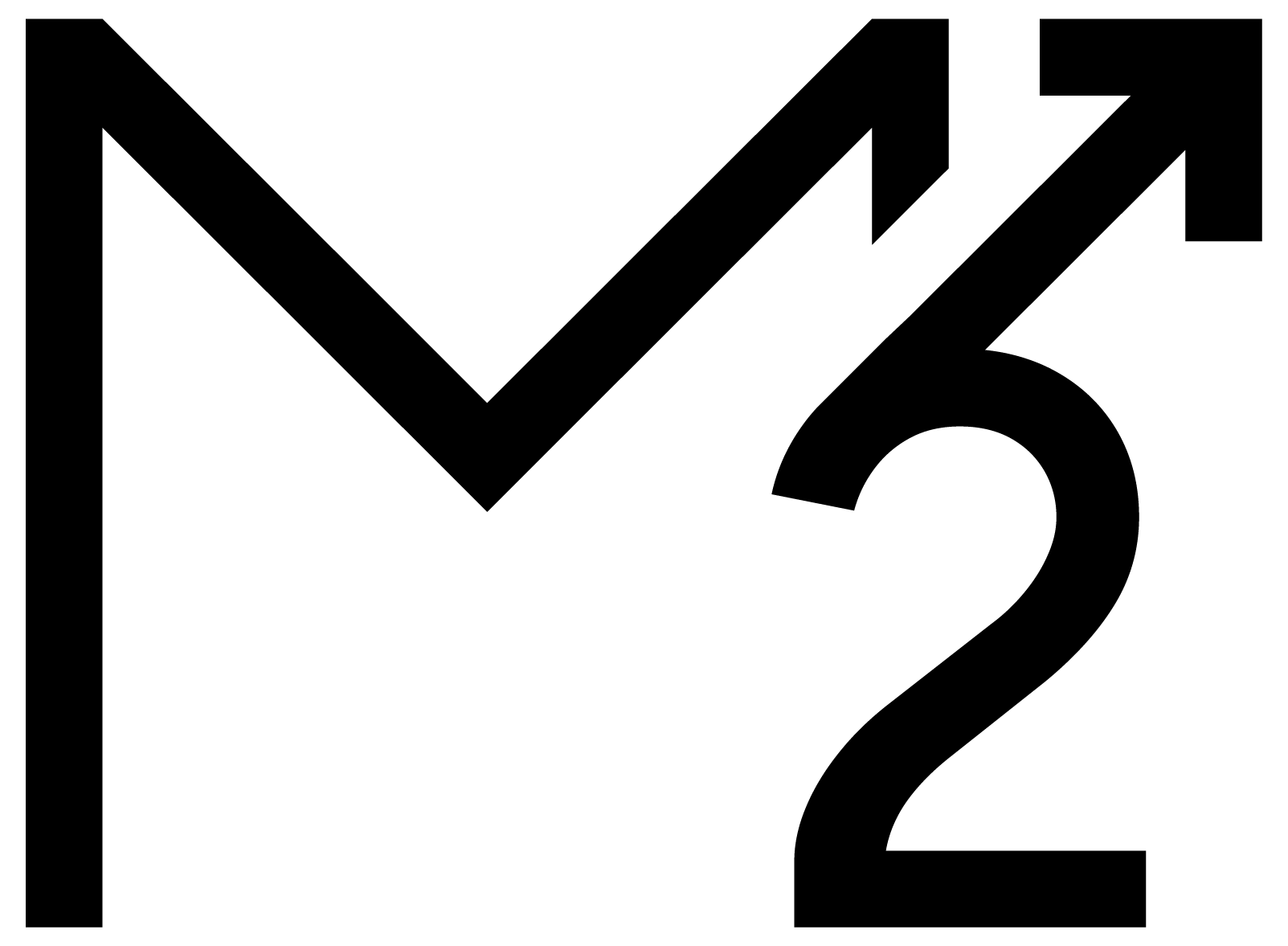For decades, you’ve been told to save, save, save - putting money into your 401(k), IRA, or whatever bucket you could find. But when the day comes that you finally step away from the grind, the game changes. Suddenly, you’re not just an accumulator; you’re the CEO of your own money business. The question isn’t just “Did I save enough?”, it’s “How do I pay myself now that the paychecks have stopped?” That’s where sourcing income in retirement comes in, and it’s a bridge many people struggle to cross. We want to walk you through how to approach this shift, why it matters, and how you can do it with confidence and clarity.
Why Sourcing Income Is a Big Deal
Most people spend their working years focused on building wealth, but few are prepared for the psychological and practical shift that comes with drawing down those assets. It’s not just about numbers on a page, it’s about making sure you can live the life you want, without the anxiety of running out of money or making costly mistakes. We’ve seen too many people paralyzed by the fear of spending, even when they have more than enough. The truth is you saved this money to use it. The challenge is figuring out how to do that wisely, so you can enjoy your retirement without unnecessary stress.
Step 1: Understand Your Income Sources
Retirement income isn’t a one-size-fits-all situation. You might have a mix of Social Security, pensions, retirement accounts (like IRAs and 401(k)s), after-tax brokerage accounts, and maybe even some rental income or part-time work. Each of these sources comes with its own rules, tax implications, and timing considerations. The first step is to lay out all your resources and create your personal balance sheet. What do you have, where is it, and what are the rules for accessing it? This clarity is the foundation for a solid income plan.
Step 2: Build an Income Sourcing Plan
Income sourcing is just a fancy way of asking, “How do I pay myself each month?” Maybe you need $5,000 or $10,000 a month to cover your lifestyle. Where does that come from? Do you take it from your pension, your 401(k), or your after-tax savings? The answer depends on your unique situation, but the key is to have a plan that balances your needs, minimizes taxes, and keeps your money working for you as long as possible. For example, you might choose to defer your pension for a higher payout later, while drawing from your savings in the meantime. Or you might strategically withdraw from different accounts to stay in a lower tax bracket.
Step 3: Don’t Ignore Taxes
Most people overlook taxes. Every account you own has a different tax treatment. Withdraw from a traditional IRA, and you’ll pay ordinary income tax. Take money from a Roth IRA, and it’s tax-free. Sell investments in a brokerage account, and you might owe capital gains tax. The trick is to coordinate your withdrawals to reduce your lifetime tax bill, not just your taxes this year. Sometimes, that means doing Roth conversions or taking capital gains when your income is low. It’s not about avoiding taxes altogether, it’s about being smart and intentional, so you keep more of what you’ve earned.
Step 4: Make It Personal & Tie Your Plan to What Matters Most
This isn’t just about spreadsheets and tax forms. It’s about your life. What do you want to do in retirement? Travel, spend time with family, pursue hobbies, give back? Your income plan should support those goals. We always ask clients to tell us what they love to do, not just what costs money. When you connect your spending to your values, it’s easier to give yourself permission to enjoy your money. You didn’t save all those years just to hoard money. You saved it to live.
Step 5: Review and Adjust Regularly
Retirement isn’t static. Markets change, tax laws shift, and your needs evolve. The best income plans are flexible. Review your plan at least once a year, or whenever you have a major life change. Don’t be afraid to make adjustments. The goal is to stay confident and in control, no matter what life throws your way.
Conclusion: Take Control and Enjoy the Ride
Sourcing income in retirement is about more than just making the numbers work. It’s about building a bridge from your working years to your freedom years. Your personal bridge lets you live with confidence, purpose, and peace of mind. Don’t let fear or confusion hold you back. Get clear on your resources, make a plan that fits your life, and give yourself permission to enjoy what you’ve worked so hard to build. If you need help, find a planner who will put your interests first and help you see the big picture. Remember, this is your money and your life, so make the most of it.
This blog post is provided by Ditch the Suits Podcast in support of Money Milestones’ mission of helping people get access to high-quality financial guidance no matter their income level or life stage.
This material is for educational purposes only. It is important to seek the guidance of a licensed financial professional before making any investment or financial decisions.


